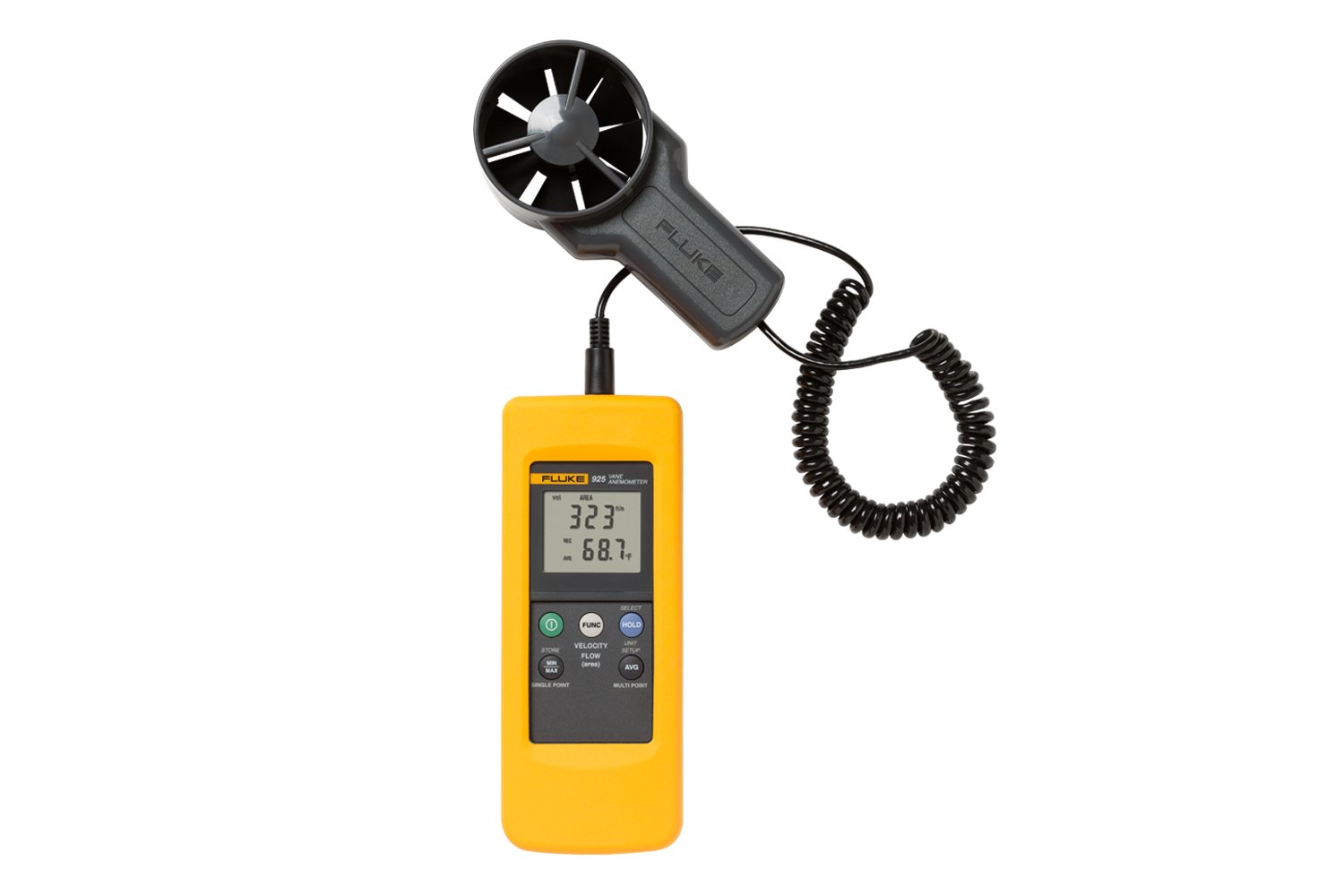Understanding Different Types of Anemometers for Various Applications
All You Need to Know Concerning Anemometers: Just How They Function, Why They Matter, and Where to Use Them
Anemometers, however often overlooked in the world of scientific tools, play a critical function in various fields, using important insights into wind speed and airflow patterns. As we dive right into the details of anemometer technology, we will certainly reveal the inner operations of these devices, their importance, and the vital factors to consider when choosing the right anemometer for certain applications.

Anemometer Fundamentals
An important instrument made use of to measure wind speed and direction, the anemometer plays a vital role in weather forecasting and various industries. An anemometer typically consists of three or four mugs that rotate in the wind, a vane that directs into the wind, and sensors to track the turnings or movements.
There are various kinds of anemometers readily available, including mug anemometers, vane anemometers, hot-wire anemometers, and sonic anemometers, each with its unique attributes and applications. Mug anemometers are typically used for basic wind speed measurements, while vane anemometers are preferred for directional dimensions. Hot-wire anemometers appropriate for low airspeeds, and sonic anemometers are perfect for high-precision dimensions in study and commercial setups. Recognizing the essentials of anemometers is essential for precise wind information collection and analysis throughout various sectors.
Concepts of Anemometer Operation
Structure on the foundational understanding of anemometer essentials, the principles of anemometer procedure clarify the mechanics behind wind rate and instructions measurements. Cup anemometers, for instance, have 3 or even more cups that catch the wind, triggering them to spin faster as the wind speed increases. Hot-wire anemometers count on a warmed cable that cools down as wind passes over it, with the rate of cooling down establishing the wind rate.
Relevance of Anemometers
The significance of anemometers in weather forecasting and numerous industries can not be overstated. Anemometers play an important function in measuring wind speed and instructions, supplying important data for climate forecasting, environment researches, environmental surveillance, and aeronautics procedures. Meteorologists count on anemometers to gather precise wind data, assisting them recognize weather condition patterns, predict tornados, and concern timely cautions to the public. In sectors such as building, farming, eco-friendly power, and maritime operations, anemometers are used to enhance procedures, guarantee safety, and increase efficiency. For example, wind ranch operators use anemometers to examine wind problems and maximize electrical power production from wind turbines. In the maritime market, anemometers help ship navigating by giving real-time wind details to captains, aiding them make educated decisions to make sure secure trips. On the whole, anemometers are crucial devices that contribute dramatically to safety, performance, and educated decision-making in meteorology and a wide variety of sectors.
Applications Throughout Different Industries
Applications of anemometers cover throughout varied industries, showcasing their versatility and energy beyond weather forecasting. In the renewable resource field, anemometers play a critical duty in evaluating wind problems for wind ranch positionings, guaranteeing ideal power production. Industries like building and mining use anemometers to monitor wind speeds, critical for security protocols, specifically when functioning at heights or in open-pit mines where solid winds can posture hazards. Anemometers are also indispensable in the aviation market, assisting pilots in recognizing airspeed and wind direction for safe liftoffs and touchdowns. The maritime field advantages from anemometers for ship navigating, assisting seafarers prepare for weather condition changes and adjust routes appropriately. In farming, anemometers assist farmers in handling crop splashing by supplying real-time information on wind speed to prevent drift. Additionally, anemometers find applications in heating and cooling systems to optimize airflow and boost energy performance in structures. The varied use situations of anemometers highlight their significance throughout various sectors, highlighting their important role in improving functional safety and efficiency (anemometer).

Selecting the Right Anemometer for Your Demands
Choosing the appropriate anemometer customized to your specific requirements is crucial for getting accurate wind rate and instructions measurements. When picking an anemometer, take into consideration factors such as the designated application, called for dimension variety, ecological problems, and wanted attributes. For basic objectives, a cup anemometer appropriates for measuring wind rate, while a vane anemometer supplies wind instructions information. Hot-wire anemometers are ideal for my blog low airspeed dimensions, and ultrasonic anemometers supply high precision and resilience.

Conclusion
To conclude, anemometers play a vital role in gauging wind speed and direction across different markets. Understanding the principles of anemometer procedure is vital for selecting the appropriate gadget for specific requirements. From meteorology to air travel, anemometers are vital devices for making sure and collecting exact data security in various applications. When choosing the most appropriate tool for measuring wind conditions., it is vital to consider the relevance of anemometers in order to make enlightened choices.
There are various kinds of anemometers available, including mug anemometers, vane anemometers, hot-wire anemometers, and sonic anemometers, each with its one-of-a-kind features and applications. Cup anemometers are typically click here to read utilized for standard wind rate dimensions, while vane anemometers are preferred for directional dimensions. Hot-wire anemometers are appropriate for low airspeeds, and sonic anemometers are excellent for high-precision dimensions in study and commercial settings.Building on the foundational understanding of anemometer essentials, the concepts of anemometer procedure illuminate the auto mechanics behind wind speed and direction measurements. For basic purposes, a mug anemometer is ideal for gauging wind speed, while a vane anemometer gives wind direction information.